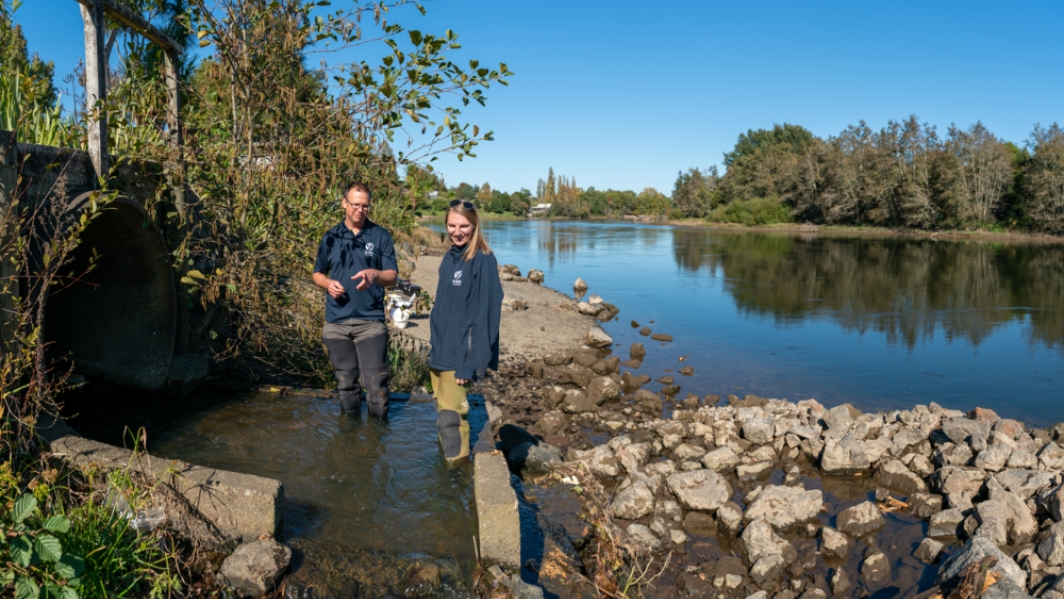-
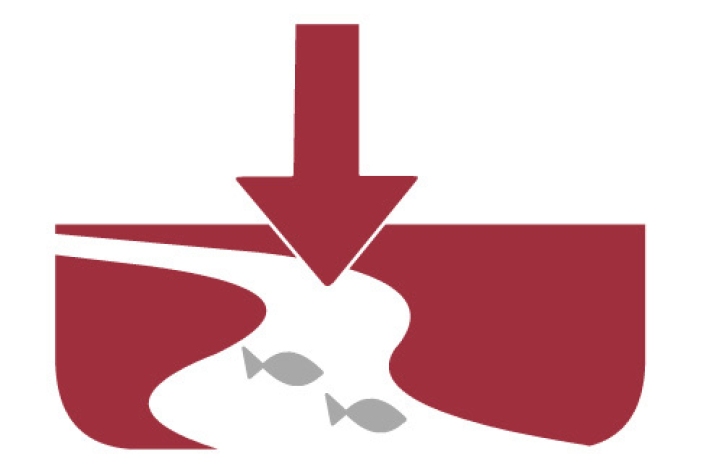
Impacts of hydro
Impacts of hydro-electric activities on water quality and mahinga kai. -

On-Site Household Sanitation Guidelines for Fiji
Research ProjectA participatory project empowering communities with self-help tools to improve water, sanitation and hygiene. -

Smelt
Smelt have a distinctly forked tail and a strong cucumber smell. -

Mitigation and best practice options
Some simple steps to minimise the effects of wastewater on water quality and mahinga kai. -

Sediment and urbanisation
How does urbanisation increase sediments in waterways? -

Biological limitations
Identifying biological factors that may be limiting fish numbers requires sampling to ensure that key invertebrate prey species are not scarce and that pest fish, especially predators, are not abundant. -
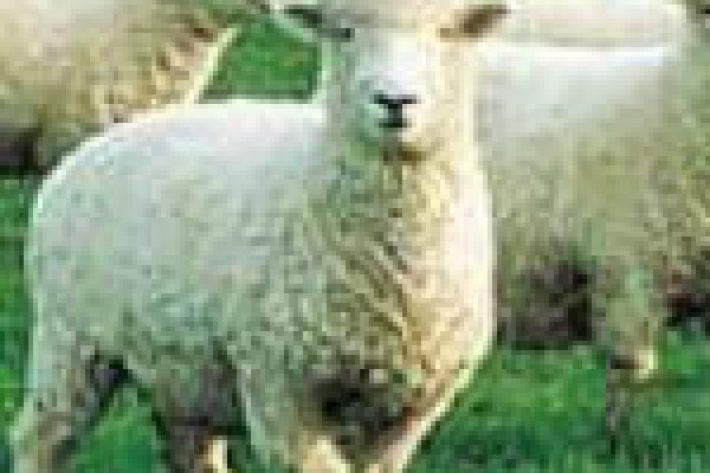
Dry stock
Dry stock farming consists predominantly of pasture grazing beef cattle, sheep, and deer for meat, wool, and velvet production. -

What is the proposed activity or industry?
Various industries and land use activities have the potential to impact on water quality and mahinga kai unless properly managed. -
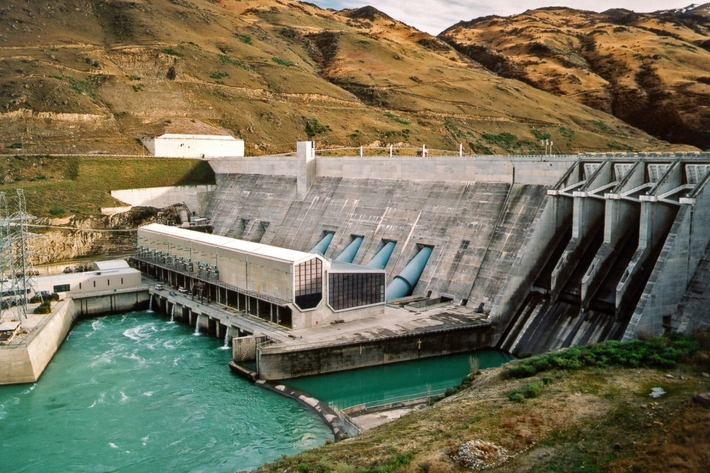
Water dams
Damming water for urban use, hydro-electric power generation, irrigation, and other industrial and commercial uses. -
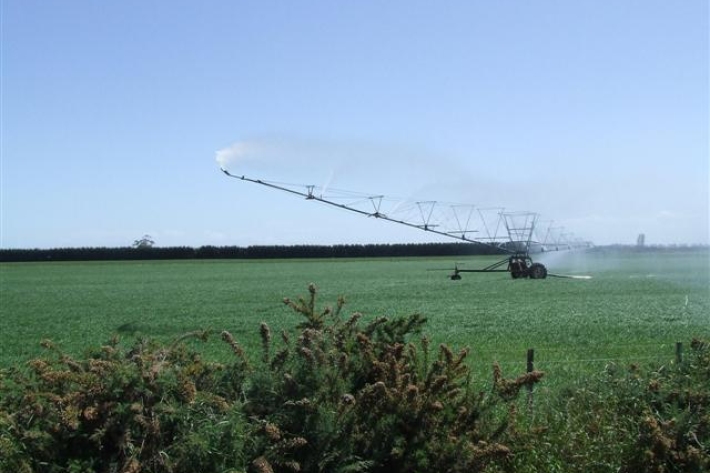
Water abstraction and agriculture
How do agricultural activities potentially influence water flows? -

Mitigation and best practice options
Some simple steps to minimise the effects of aquaculture activities on water quality and mahinga kai.

